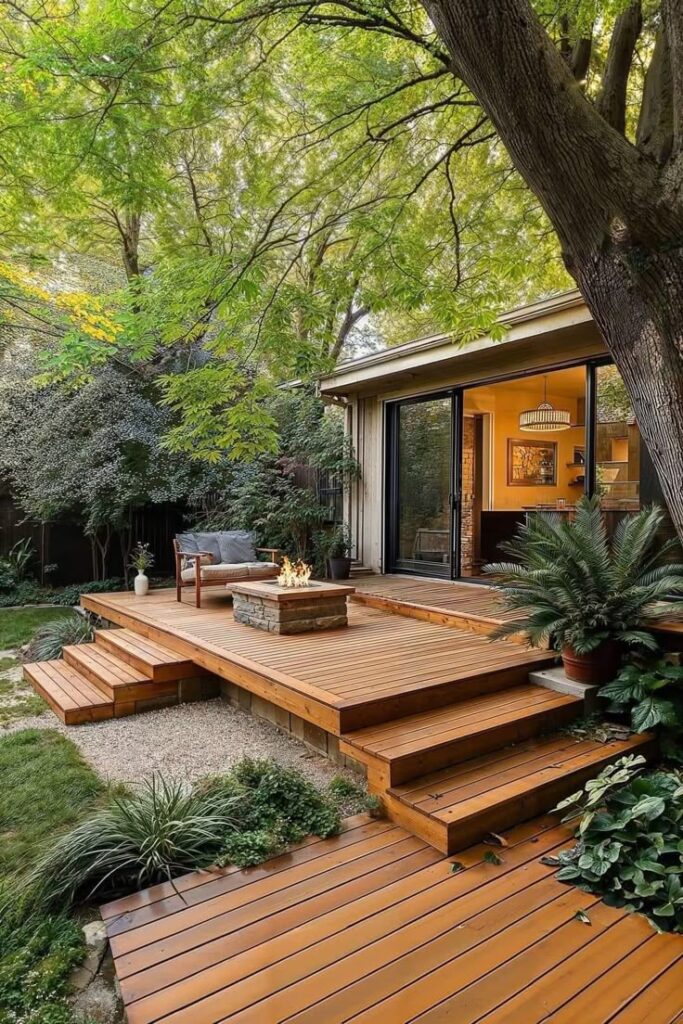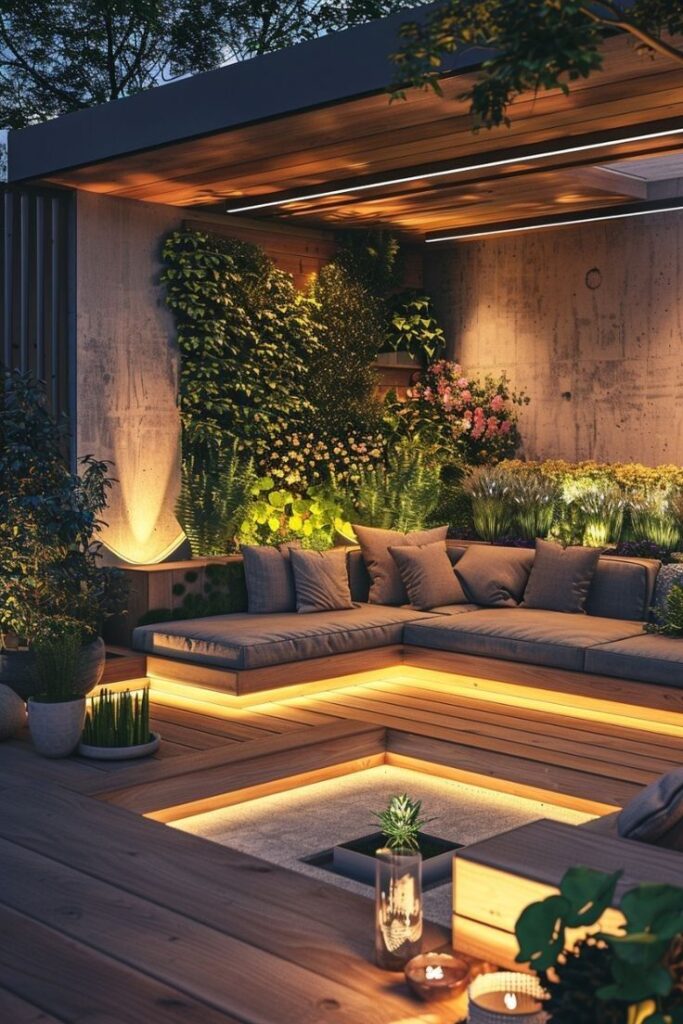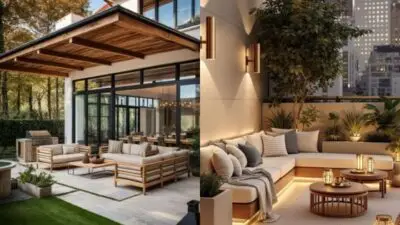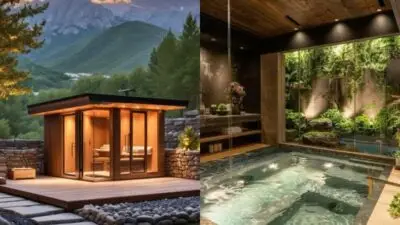There’s something about a garden that tells a story. Not just with the plants, but with the materials you use. One that often gets overlooked? Hardwood sleepers.
They’re tough. They’re rustic. And they bring instant charm to even the simplest outdoor spaces.
Whether you’re working with a small yard or a sprawling garden, wooden sleepers can add both structure and personality. Keep reading, and you’ll find out how to use them in all kinds of clever ways.


What Are Wooden Sleepers
Alright, let’s start with the basics.
Wooden sleepers were originally used to support railway tracks. These days? They’ve found new life in landscaping.
They’re thick, solid beams made from wood. Often oak, pine, or other types of hardwood. Some are brand new. Others are reclaimed from old railways. Either way, they’re built to last and perfect for garden projects.
Reclaimed vs. New Sleepers: Which Should You Choose?
It depends on your style, your budget, and your goals.
Reclaimed sleepers have character. Marks, textures, and a weathered look you can’t fake. They’re ideal if you want that vintage feel. Bonus: They’re more eco-friendly because you’re reusing materials.
But here’s the catch—they’re heavy, sometimes treated with old chemicals, and can be harder to cut.
New sleepers are clean, uniform, and easier to handle. You know exactly what you’re getting. You can even choose untreated timber if you’re planning to use them around food gardens or play areas.
So what’s the better choice?
- Go reclaimed for charm and sustainability.
- Go new for easier DIY and cleaner lines.


Creative Ways to Use Wooden Sleepers in Garden Design
Alright, now we’re getting to the fun part. Here are some of the most popular (and practical) ways to use wooden sleepers outside.
1. Raised Garden Beds
This one’s a classic. And for good reason.
Building raised beds with wooden sleepers is fast and simple. Stack two or three sleepers high. Bolt the corners. Fill with soil. Done.
They help with drainage, reduce weeds, and make gardening easier on your back. Plus, the chunky edges double as a spot to sit while you weed or water.
2. Retaining Walls and Garden Borders
If you’ve got a sloped yard, sleepers are a lifesaver.
They work great as small retaining walls, helping hold back soil and define different levels in your garden. Even on flat land, they make sturdy borders for flower beds, veggie plots, or gravel paths.
Want to add instant structure? A low-sleeper border does the trick.
3. Garden Steps and Pathways
This one’s a sleeper and a keeper.
Cut sleepers into short sections to create rustic steps. Stack them into the slope or embed them in gravel for grip. For pathways, lay them flat like stepping stones or place them side by side for a railroad-style walkway. Add bark or stone in between for contrast.
They feel solid underfoot. And they look like they belong.
4. Rustic Outdoor Seating and Benches
You don’t always need a fancy patio set. Two sleepers. One across the top. Boom. You’ve got a bench.
Sleepers make sturdy, no-fuss seating. Tuck one near a flower bed. Use one beside the fire pit. Add a cushion if you’re feeling fancy. Or leave it bare for that raw, earthy look.
And hey—they’re tough enough to last through rain, snow, and curious kids.
5. Statement Edging and Lawn Dividers
Sometimes, the small details make the biggest difference.
Use a single row of sleepers to edge your lawn. Or to separate gravel paths from grassy areas. You can lay them flat or stand them upright like chunky fence posts. They help guide the eye. Frame different zones. And give the whole space a clean, finished feel.
It’s like giving your garden a good haircut.
6. Vertical Features and Planter Walls
Think sleepers are only good lying down? Think again.
Stand them up tall to create privacy screens or garden dividers. Line them up in a row and plant climbers in between.
You can also build raised planter walls by stacking sleepers like bricks. It gives your garden height. Texture. And a whole new layer of interest. The visual impact is worth it.
7. Fire Pit Surrounds and Patio Frames
Sleepers are perfect for framing an outdoor living area.
Use them to edge a fire pit zone. Build a low square or circle around it. Fill the middle with stone, gravel, or sand. They’re also great for outlining patios. Just one row gives a definition and keeps things neat. Plus, they help hold your pavers or gravel in place.
It’s a small touch that makes the whole area feel more intentional.


How Sleepers Enhance Visual Appeal and Structure
Let’s zoom out for a second.
Wooden sleepers aren’t just about building stuff. They’re about tying things together. They add weight to the garden. Not just physically, but visually. They break up all the green. Add lines. Add balance. And they anchor your design.
Natural wood tones blend beautifully with plants. Whether they’re sun-faded or freshly oiled, sleepers bring warmth and texture you just can’t get with concrete or plastic.
And the best part? You don’t need to go big. Even a single bench or raised bed can shift the whole vibe.
Transforming Your Outdoor Space with Timeless Texture
Wooden sleepers are one of those rare things. Practical and good-looking. They let you shape your garden. Guide it. Support it. And style it at the same time.
So whether you’re starting from scratch or updating a tired yard, sleepers might be just the thing. They’re simple. Solid. And they work with pretty much anything.
Start small if you need to. A border here. A planter there. Then, build from there. Sometimes, the best garden upgrades come in the form of an old piece of timber.
- 8shares
- Facebook0
- Pinterest8
- Twitter0


